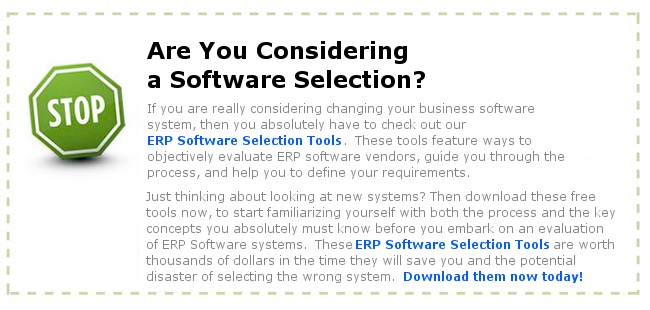CRM is often an add-on to an ERP and usually done in a small project that looks at quickly getting it up and running. The care in which an ERP is implemented is not usually found in a CRM implementation.
This article points out the key things to keep in mind when implementing a CRM solution.
—-
Customer relationship management (CRM) is one of the most effective tools for improving customer relationships and therefore increasing revenue, customer satisfaction, and customer retention. Unfortunately, some CRM strategies fail. This leaves CRM vendors and their customers baffled, but there a few common reasons why a CRM strategy will fail.
1. Too much focus on the CRM vendor and technology. Some companies get too caught up in having the best possible CRM strategy out there. Some companies want entire call-centers, On-Demand CRM, Web-based, and Blackberry devices which allow their IT people to enter customer information wirelessly. While these technologies are extremely helpful, too much emphasis on them can lead any company astray. It is naturally very important to select the best CRM vendor for your company, but best does not always mean flashiest. Continue reading 3 Reasons Why CRM Strategies Fail
